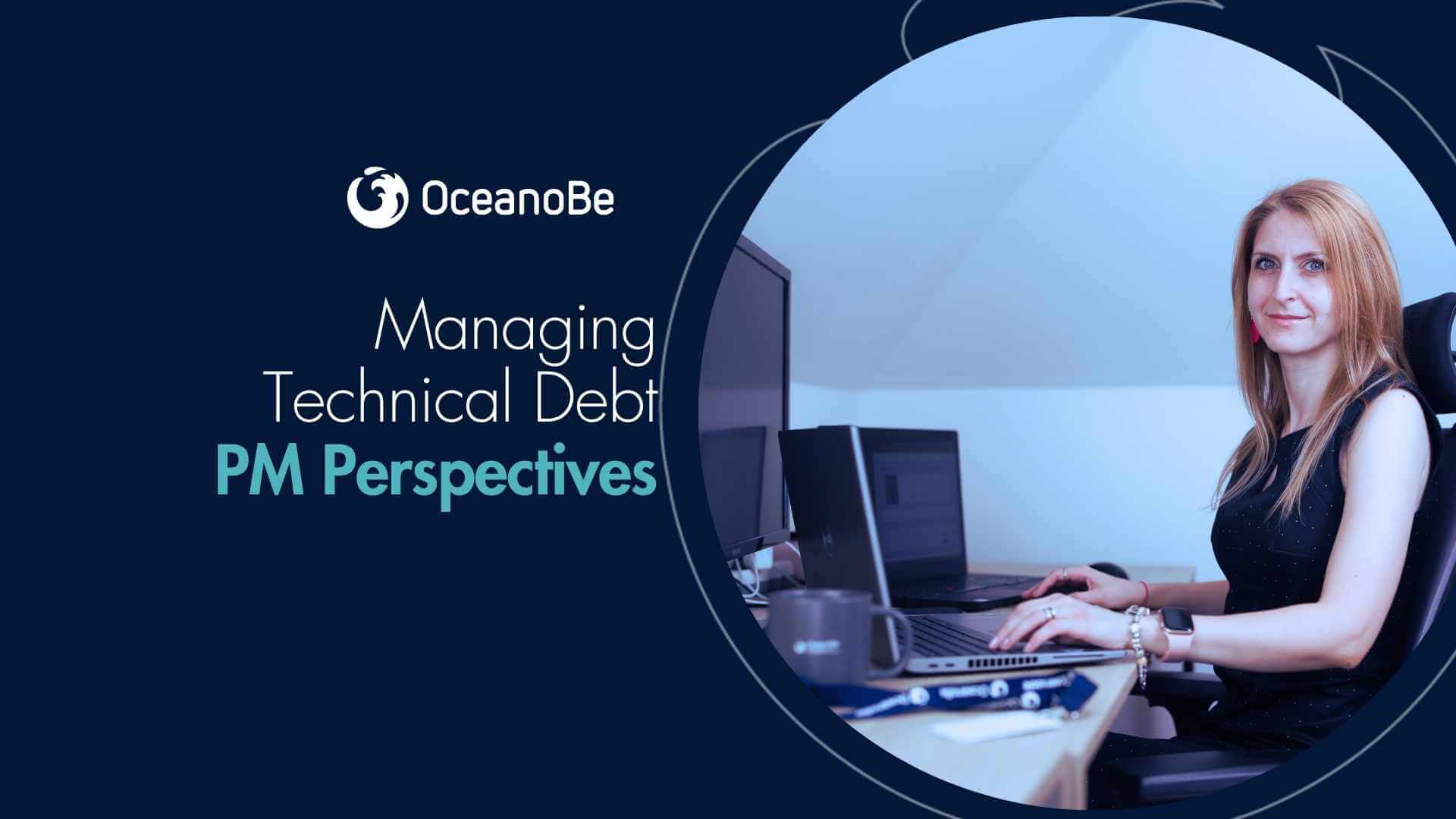Managing Technical Debt in Fintech Products
PM Perspectives
PM Perspectives

In fintech, speed to market is everything — but so is precision. Between evolving compliance rules, customer expectations, and constant innovation in payments and banking, product and project managers often face a delicate balancing act: deliver new features fast without accumulating crippling technical debt.
Technical debt isn’t inherently bad — it’s often a byproduct of smart trade-offs made to achieve time-sensitive goals. But in regulated environments like banking or payments, where auditability, reliability, and scalability are mandatory, unmanaged debt can quickly become an obstacle to progress, compliance, and customer trust.
This article explores how PMs can effectively identify, prioritize, and manage technical debt across fintech ecosystems — particularly in core banking, payment gateways, and compliance-driven modules.
In traditional software teams, technical debt refers to code that works but needs refactoring. In fintech, it’s much more layered.
Each type of debt carries risk — operational, reputational, and regulatory. For PMs, the goal is to map this debt to business impact and to ensure every sprint, epic, or release considers both innovation and stabilization.
The first rule of managing debt is acknowledging it exists. Fintech teams often bury technical debt under “backlog tasks” or label it as “maintenance.”
PMs should instead:
Collaborate with engineers to tag and classify debt items in the backlog.
Use impact-based metrics — for instance, how much debt affects performance or delays releases.
Maintain a Technical Debt Register, listing issues by severity, impact, and affected domains (e.g., KYC flow, transaction reconciliation).
By making technical debt a visible part of the roadmap, PMs ensure that leadership sees it not as noise, but as an investment in long-term stability.
In fintech, not all debt is equal. Some trade-offs are acceptable; others threaten compliance.
PMs should evaluate debt across three lenses:
Regulatory impact: Anything that risks PCI DSS, PSD2/3, or AML compliance must be prioritized.
Customer impact: Issues affecting transaction speed or accuracy directly influence churn and NPS.
Engineering efficiency: Legacy code or outdated test frameworks can slow delivery velocity.
Use frameworks like RICE (Reach, Impact, Confidence, Effort) or Cost of Delay to balance feature delivery with refactoring. Pair this with data-driven metrics such as defect escape rates, build time, or code churn to validate prioritization.
Many PMs treat refactoring as something to schedule “later.” In fintech, that “later” rarely comes.
Instead, integrate debt paydown within feature development cycles:
For every new feature, allocate a percentage of sprint capacity (typically 10–20%) to debt reduction.
Establish Definition of Done criteria that include performance, security, and test coverage thresholds.
Encourage small, continuous refactors rather than large, disruptive rewrites.
By embedding refactoring into normal delivery, fintech teams ensure that modernization doesn’t require halting innovation.
Executives respond to metrics, not metaphors.
PMs should translate technical debt into business terms:
“Reducing cloud spend by optimizing inefficient data queries saves 10% annually.”
“Fixing our compliance workflow reduces audit preparation time by 30%.”
“Modernizing our transaction service reduces incident recovery time by 50%.”
Linking technical improvements to KPIs like operational efficiency, audit readiness, or customer retention makes it easier to justify debt paydown investments in planning sessions.
In fintech, quality is everyone’s responsibility. A healthy approach to technical debt relies on:
PMs can also drive cultural shifts — celebrating successful refactors, rewarding preventive thinking, and integrating debt discussions into sprint reviews.
Automation plays a critical role in keeping technical debt under control, especially in fast-moving banking ecosystems.
Key tools and practices include:
Static code analysis (SonarQube, CodeClimate) to detect complexity and maintainability issues.
Automated testing suites integrated into CI/CD pipelines to catch regressions early.
Infrastructure as Code (IaC) to standardize environments and avoid configuration drift.
Telemetry and observability tools to continuously monitor system health and detect performance decay.
By pairing these technologies with disciplined project management, fintech PMs can proactively manage debt rather than reacting to it.
In fintech, technical debt is inevitable — but unmanaged technical debt is unacceptable.
A forward-looking PM doesn’t just deliver features; they build sustainability into the product lifecycle.
By aligning with engineers, compliance officers, and leadership, PMs can ensure that modernization and innovation move hand in hand. The result: systems that not only scale with business growth but also stand up to the scrutiny of regulators, customers, and the market itself.
At OceanoBe, we help banking and fintech partners modernize legacy systems, implement scalable architectures, and design workflows that prioritize both innovation and resilience. Because in regulated industries, the cost of ignoring technical debt is always higher than the effort to manage it.